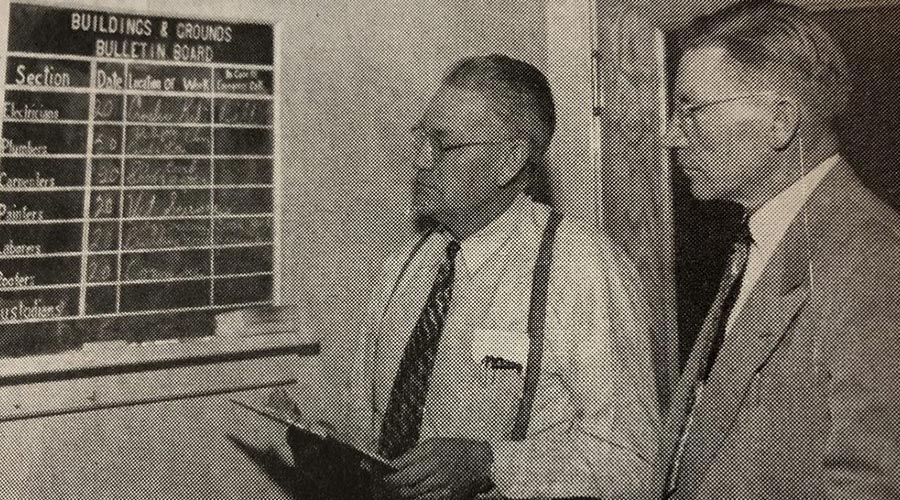Good Organization Skills Important for Successful Reactive Maintenance Program
There is one other item I have not mentioned — the method of dispatching the work. I won't go into too much detail, but managers need to carefully consider the dispatching method and develop a process that will ensure that good work-request descriptions, that work and asset priorities are developed to assist in scheduling, and that a dedicated person or persons actually do the dispatching and scheduling of the reactive work. The bottom line is that we are trying to bring a little organization to the unavoidable chaos of emergency and reactive work.
To summarize the development and implementation process:
- Analyze the work order history to determine the number of hours per week spent performing reactive work.
- Assign a dedicated technician or technicians to be the first responder for all of these types of work orders.
- Lightly schedule the technicians' week with planned tasks to give them flexibility to handle the emergency stuff, as well as some small weekly planned work orders.
- Establish a dispatch policy and process to assist in organizing the chaos.
Constantly track the work-order types, with emergency or reactive work being one of those types to allow adjustments in manpower as needed over time. Tracking reactive work also is one of the best performance measures. It provides a quick snapshot as to whether the problems and chaos are diminishing. If so, it means that more proactive efforts, such as preventive and predictive maintenance, are having a positive effect on operation and assets.
Michael Cowley, CPMM, is president of CE Maintenance Solutions. Cowley provides maintenance training, coaching and consulting services to facility and manufacturing organizations nationwide. He is a frequent speaker at national facilities management conferences.
Agree? Disagree? Have something to say?
We want to hear from you. Visit myfacilitiesnet.com/MichaelCowley, and start a conversation.
Related Topics:












